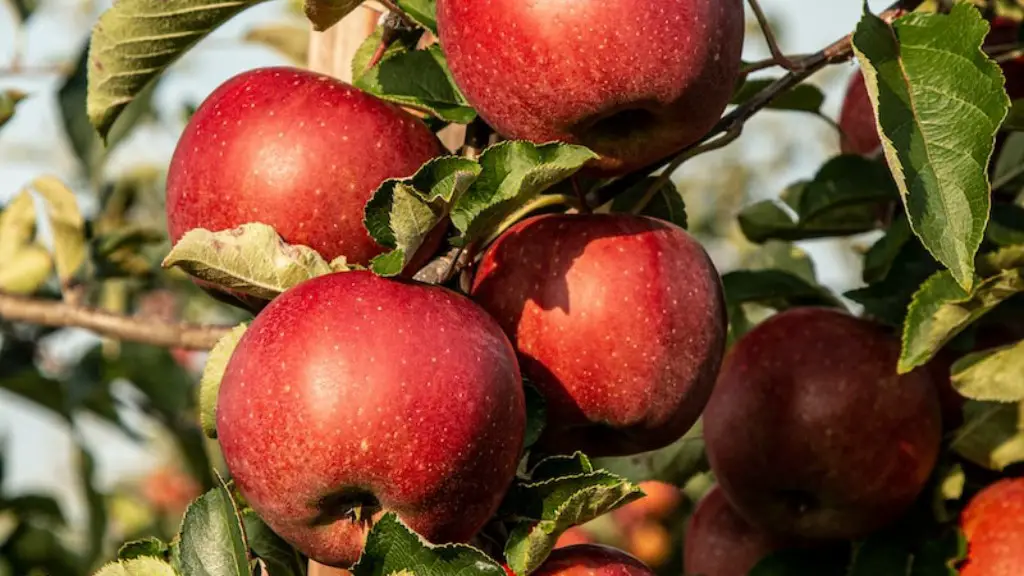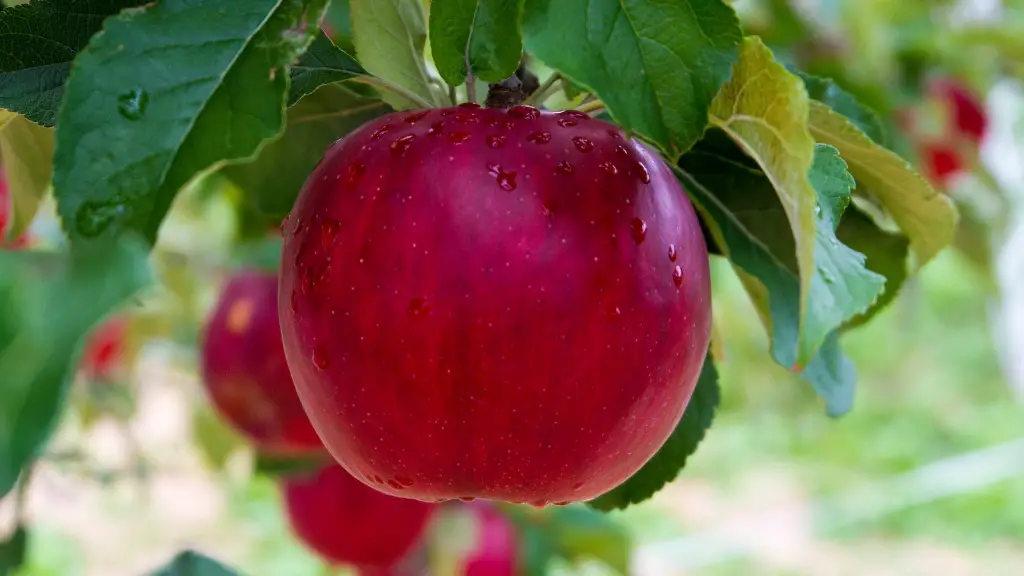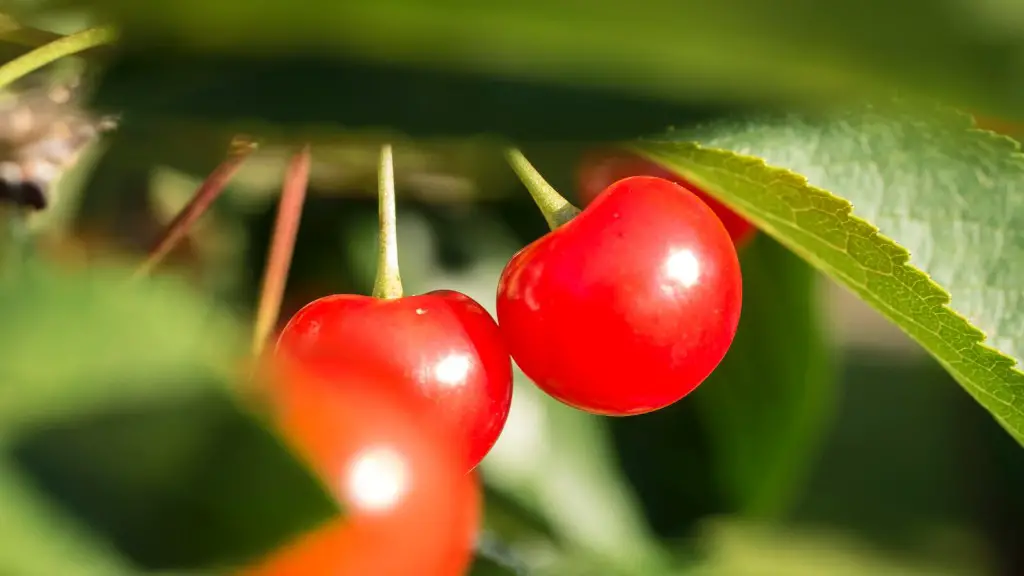What is an Avocado Tree?
Avocado trees are native to parts of Mexico, Central, and South America and highly prized for their nutritionally dense green fruits. Generally, an avocado tree can reach heights of up to 20 meters and the fruit can be harvested when they reach a mature age. The tree can be found in many parts of the world, thanks to its popularity as an exotic food crop and its suitability in warm climates.
Can You Grow an Avocado Tree?
Yes, it’s possible to grow an avocado tree with relative ease. Avocado trees generally grow in tall, straight trees with a scattering of 50 to 100 green fruits during the peak months of May and June. The tree is best planted indoors so it is not exposed to the elements and can still be maneuvered and harvested, but it can also be grown outside in a warm, sunny location. Starting the tree from the seed is a standard and widely accepted practice, but it does take more time since the germination process can take up to four months, so other propagation methods may be more suitable.
Potential Challenges
Growing an avocado tree can be quite challenging and will require some troubleshooting from time to time. One of the key challenges is getting the avocado pit to germinate by planting it in moist potting soil or directly in the ground. If the conditions are not right, the pit won’t sprout and the tree may never grow. Additionally, there are certain fungi and diseases that can pose a risk to the tree, such as Verticillium wilt and root rot, which can be prevented with the use of fungicides and proper watering.
What Does it Take to Have a Successful Tree?
The good news is that an avocado tree can bear fruit even in less-ideal conditions. Establishing a healthy tree requires creating the right soil conditions, such as making sure the soil pH is between 6 and 7.5, creating good drainage and avoiding soggy soil, and adding compost and fertilizer. The tree needs plenty of bright light and warm conditions as well, at least 65-70 degrees Fahrenheit. Watering the tree regularly is also important to keep the soil moist but not overly saturated.
Critical Factors to Watch Out For
When growing an avocado tree there are some factors that can impede the growth of the tree and its success. Firstly, an avocado tree needs lots of sunlight. If the tree is deprived of light, the leaves may turn a yellowish color and the tree’s growth rate will slow down. Additionally, if the tree is not in an area with sufficient warmth and humidity, the tree can die. It’s also important to note that avocado trees are polluted by their own flowers and fruits so they must be routinely pruned to maintain their shape and produce healthy fruits.
Common Harvesting Tips
The tree will usually be ready for harvesting about two years after the pit germinates. When the fruits have reached their mature size and have a deep green color to them, they are ready for picking. Depending on the location, the tree will typically produce fruit twice a year. It’s important to remember to not leave any fruit on the tree too long, as it will start to decay and the quality will diminish.
Sources of Additional Information
Whether you’re an amateur gardener or a professional horticulturist, there are plenty of resources to help you grow a successful avocado tree. Local nurseries and plant stores are great places that can provide useful tips and advice. Home gardening books and websites can also be helpful for those who want to learn about avocado tree care. Additionally, there are many experts in the horticultural field who can provide valuable insights.
What are the Benefits of Growing an Avocado Tree?
Growing an avocado tree is hugely rewarding in many ways, as the plant can provide various benefits both to the environment and the owner. Firstly, a healthy avocado tree produces lots of oxygen and helps improve air quality, making it beneficial for the environment. Secondly, it provides the owner with fresh, organic fruits that can be consumed or sold at local markets, providing an income.
The benefits of having an avocado tree don’t just stop there. Not only does the tree produce delicious fruit, but its leaves can also be used for making beverages such as tea and even as a natural cleaning product. Additionally, the tree helps keep pests away, providing a natural defense against unwanted creatures such as snakes and rats.
How to Maximize Your Avocado Tree’s Potential?
Once the avocado tree has been planted, there are various steps the owner can take to maximize its chances of success. Maintaining a consistent watering schedule is vital for ensuring the tree receives enough moisture for optimal growth. Additionally, the tree should be regularly pruned so that it does not become overgrown, freeing up light and space for healthier fruits.
Fertilizing the tree is also important, although a soil test should be taken to determine the nutrient content of the soil and what types of fertilizer should be used. It’s important to also consider the type of climate the tree is in, as some areas may require additional irrigation or certain amendments to the soil. Having the right balance of sunlight, water and fertilizer can help the tree quickly reach its full potential.
Is the Avocado Tree a Sustainable Choice?
The avocado tree is definitely a very sustainable option for both domestic and commercial use. Not only is it incredibly efficient at producing fruits, but it also requires minimal effort to maintain and will generally only need to be watered every few weeks. Additionally, an avocado tree is long-lived and can produce fruits for over 30 years, meaning it provides an ongoing source of income for the owner.
Avocado trees don’t produce much of a carbon footprint either. In fact, the trees use energy from the sun and the soil in order to grow, so they are practically self-sustaining, making them highly sustainable. Furthermore, some of the fruit can be put to use as compost or mulch, or can even be made into green cleaning solutions, helping to reduce overall waste.
Understanding the Risks in Growing an Avocado Tree
Although avocado trees generally have great results, there are still some risks to consider. As with all things, it’s important to be aware of the limitations of the tree, such as the need for protection from extreme temperatures and severe weather. Additionally, avocado trees are also prone to aphids, thrips and other pests, so it’s important to be on the lookout for any signs of infestation.
It’s also important to keep in mind that avocado trees can take up to four years before they produce any fruits, so patience is required for anyone looking for a quick reward. Moreover, avocado trees are generally low maintenance, but they are still susceptible to diseases and fungus, which can easily reduce their yields and overall health.


